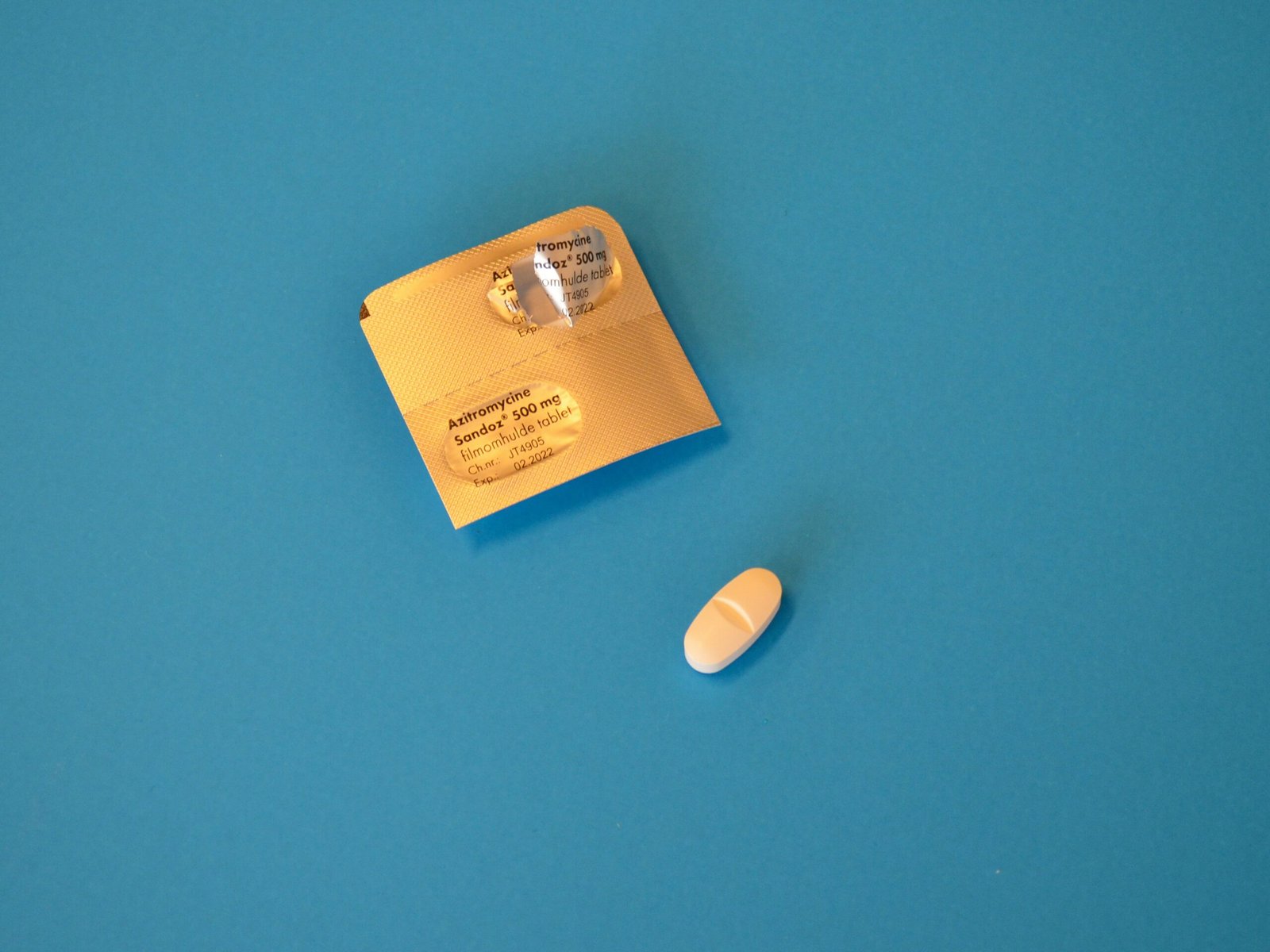Penicillin Antibiotics: A Comprehensive Guide
Penicillin antibiotics are a widely used class of medications that are effective in treating various bacterial infections. They belong to the beta-lactam group of antibiotics and are derived from the fungus Penicillium.
Classification
Penicillin antibiotics are classified into several groups based on their spectrum of activity and chemical structure. These include penicillin G, penicillin V, ampicillin, amoxicillin, and others.
Pharmacokinetics
After oral or parenteral administration, penicillin antibiotics are rapidly absorbed into the bloodstream. They distribute well throughout the body tissues and fluids, reaching therapeutic concentrations in most organs. The drugs are primarily excreted through the kidneys.
Pharmacodynamics
The pharmacodynamics of penicillin antibiotics involve their ability to disrupt bacterial cell wall synthesis, leading to cell death. They exhibit time-dependent killing, meaning that maintaining adequate drug concentrations above the minimum inhibitory concentration (MIC) for a sufficient duration is crucial for their effectiveness.
Dosing
The dosing of penicillin antibiotics varies depending on the specific drug and the severity of the infection. It is important to follow the prescribed dosage and duration of treatment to ensure optimal outcomes.
Indications
Penicillin antibiotics are indicated for various infections, including respiratory tract infections, skin and soft tissue infections, urinary tract infections, and certain sexually transmitted diseases.
Contraindications
Contraindications to penicillin antibiotics include known hypersensitivity or allergy to penicillins or cephalosporins. It is essential to inform your healthcare provider about any known allergies before starting treatment.
Side Effects
Common side effects of penicillin antibiotics include nausea, vomiting, diarrhea, and allergic reactions. If you experience severe or persistent side effects, it is important to seek medical attention.
Adult Dose
The adult dose of penicillin antibiotics varies depending on the specific drug and the severity of the infection. Your healthcare provider will determine the appropriate dose for you based on your individual circumstances.
Precautions
Precautions should be taken when using penicillin antibiotics in patients with kidney disease, liver disease, or a history of allergic reactions. It is important to inform your healthcare provider about any pre-existing conditions or medications you are taking.
In conclusion, penicillin antibiotics are a vital class of medications used to treat bacterial infections. Understanding their classification, mechanism of action, pharmacokinetics, and potential side effects is crucial for their safe and effective use.


Hey Students!
Summer semester’s almost here! Get a head start and grab all your eTextbooks (over 15,000 titles in convenient PDF format!) at Cheapest Book Store. Save BIG on your studies with 20% off using code SUMMERVIBE24.
Still missing a book? No problem! Submit a request through our system and we’ll add it to our collection within 30 minutes. That’s right, you won’t be left scrambling for materials! ⏱️
Don’t wait – visit https://m.cheapestbookstore.com today and ace your summer semester!
Happy Learning!
Cheapest Book Store